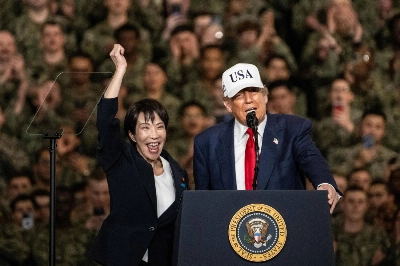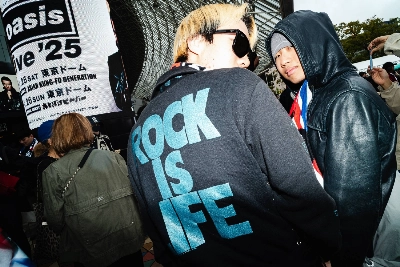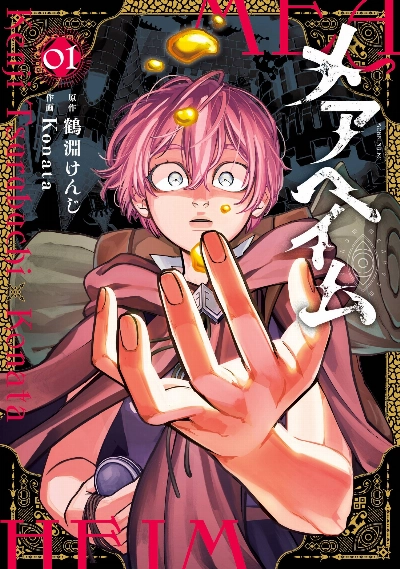Like The Sex Pistols, who wickedly declared themselves "the last rock 'n' roll band," "Watchmen" should have been the superhero comic to end all comics. When Alan Moore wrote the "Watchmen" series in the mid-1980s (illustrated by Dave Gibbons), his canny deconstruction of the superhero genre seemed total, like both some grand summation and final destruction.
Moore took a new batch of superheroes, albeit clearly modeled on existing ones, and crafted a story that was rooted in the mythic heyday of archetypal superheroes, the can-do '40s. From there, Moore plunged us into the tawdry reality of being a hero in the '80s: enmeshed in political conspiracy or banned by the paranoid government of President Richard Nixon (serving his fifth term), and riven by neuroses and past trauma. Dangling over it all was the threat of cold war nuclear Armageddon that no hero, not even a super one, could prevent.
Moore's dazzlingly layered story played with the idea of superheroes in the "real world," and The Watchmen were a morally complex bunch. There was The Comedian, a violent gun-toting vigilante who worked for the shadier arms of the U.S. government; Rorschach, a psychotic, Travis Bickle-like antihero who, appropriately enough, saw the world in terms of black and white; Dr. Manhattan, an irradiated physicist with powers sufficient to save the Earth but little interest in doing so; Silk Specter, a foxy superbabe looking for a daddy figure due to childhood trauma; Ozymandias, a vain and superintelligent hero-turned corporate honcho with grandiose plans to save the world; and Nite Owl, a geeky nebbish who was nothing without his superhero identity.

















With your current subscription plan you can comment on stories. However, before writing your first comment, please create a display name in the Profile section of your subscriber account page.